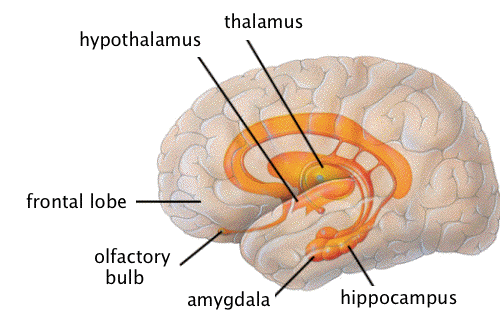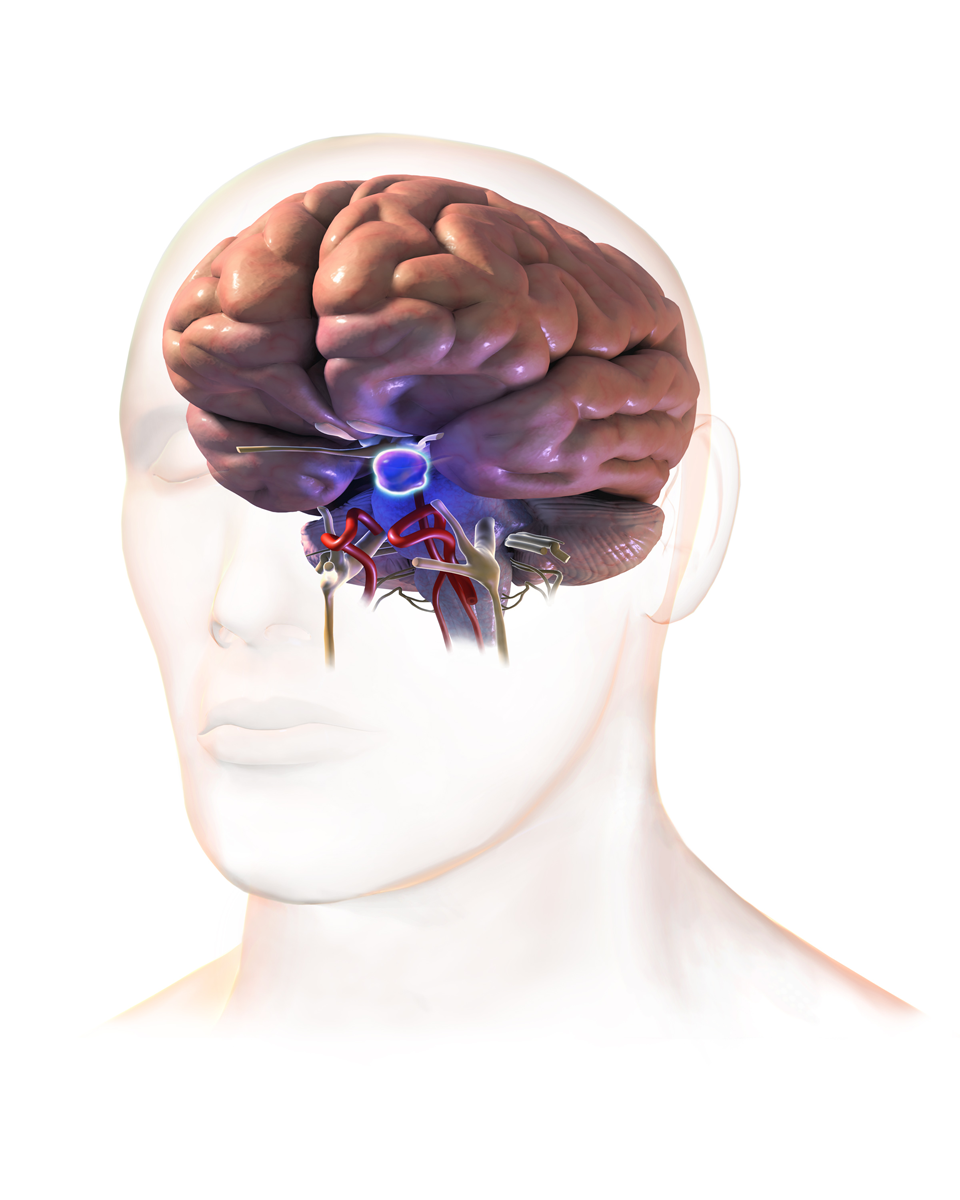Emotions and emotional brain

Emotions can be defined as specific intense psychological and physical reactions to a particular event.
According to Hockenbury (2007), "An emotion is a complex psychological state that involves three distinct components: a subjective experience, a physiological response, and a behavioral or expressive response."
The component of the subjective experience refers to how each individual experiences a particular event. It is most difficult to describe this component since each person’s description and interpretation of a feeling may be different. For example, two persons falling in love may experience it differently and hence they will describe the feeling different ways.
The second component of physiological response of emotions is mediated by hormones. Although the physiological response of emotions may be different for each feeling, several different emotions can produce the same physical reaction.
The third component of expressive response is an outward expression that an emotion is being experienced by an individual. The expressive responses may include fainting, a flushed face, muscle tensing, facial expressions, tone of voice, rapid breathing, restlessness, or other body language. The outward expression of an emotion gives other people clues that someone is experiencing an emotion. Such expressive responses help to regulate social interactions.

Emotional brain -
After experiencing a stimulating event, the information about the event is collected by the body’s senses and sent through the nervous system to the pre-frontal cortex and the hypothalamus of the brain. The hypothalamus then sends instructions to the rest of the body in two ways – first to the autonomic nervous system and second to the pituitary gland, which is attached to the hypothalamus by a stalk. On receiving instructions, the pituitary gland translates them into endocrine action. The pituitary gland secretes a number of hormones, which perform a diversity of functions in the body.
The pre-frontal cortex creates feelings and emotions according to the input of information. It also processes short term memories. The autonomic nervous system creates physical signs expressing a particular emotion. An emotion is brought on by many chemical messengers or neurotransmitters, which go between individual neurons or brain cells of specific regions or the entire brain.
The amygdala, a part of the limbic system of the brain, is associated with different negative emotions. The pre-frontal cortex, also a part of the limbic system, is linked to the feelings of happiness and pleasure. The ventral tegmental area of the brain stem is also responsible for pleasure. Both pre-frontal cortex and ventral tegmental area appear to be involved in dopamine pathways for the feelings of pleasure and happiness. The hypothalamus regulates the functions of the pre-frontal cortex as well as ventral tegmental area of the brain.
The research scientists have now been able to demonstrate how thoughts and emotions cause distinct neuron-firing patterns within various parts of the brain. They can also observe how these patterns coincide with chemical releases and reactions throughout the body. Because different parts of the brain process different emotions in different ways, injury to any part of the brain can potentially change one’s moods and emotions.
The hippocampus, also a part of limbic system, consolidates short term memory into long term memory and helps retrieve stored memory. Our memories inform how we respond to the world around us, including what our emotional responses are.
On receiving the informational input, the pre-frontal cortex processes emotions depending on the input received. The hypothalamus also sends instructions to the amydala to process emotions, which are normally negative. Simultaneously, the hypothalamus sends instructions to the autonomic nervous system to create emotional responses related to the different emotions that are experienced by the body internally and then manifested externally. On receiving instructions from the hypothalamus, the pituitary gland exhibits endocrine activity by releasing certain hormones depending on the emotion. Thus, the expressive responses are primarily produced by the activity of the autonomic nervous system and pituitary gland.
The human brain is equally divided into two hemispheres – left and right, which process different types of information. They work together to keep our emotions in check. The right hemisphere identifies and the left hemisphere interprets different emotions. The right brain identifies negative emotions like fear, anger or danger. It then alerts the left brain, which decides what to do by interpreting the situation and making a logical decision about how to act in response, depending on our memories of previous experiences stored in the hippocampus.
Not surprisingly, memories of previous experiences influence how we respond emotionally to situations. If a person once nearly drowned, the person might experience fear around water. Preconceived ideas also affect emotions. Anticipation and expectations, which are driven by memories of previous events, affect the intensity of an emotional reaction.







